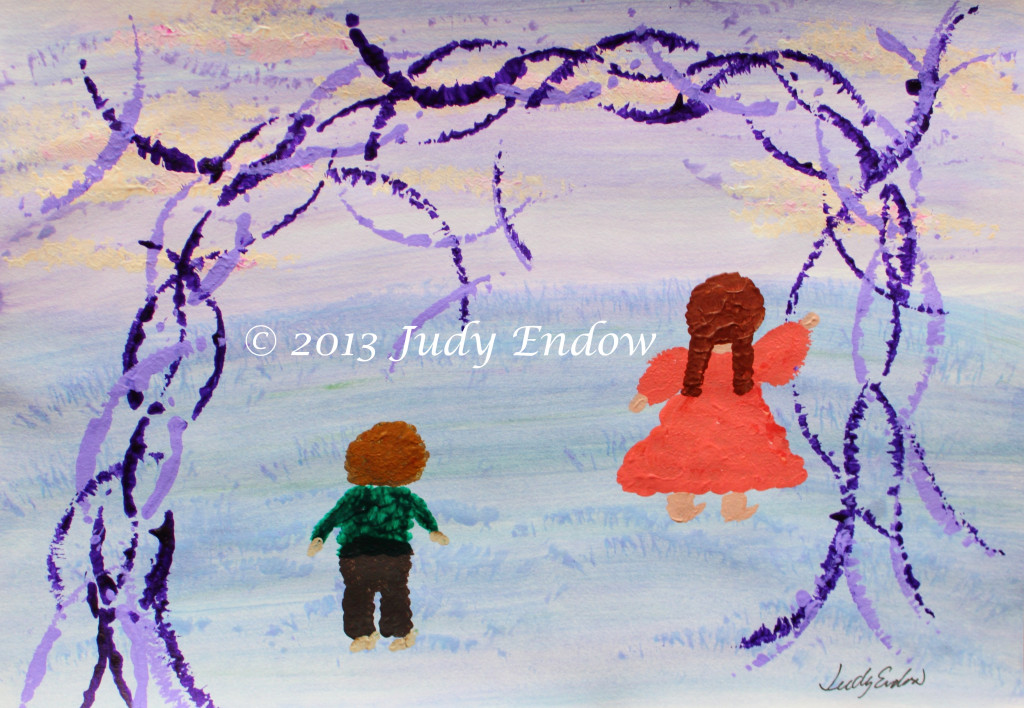I am a professional person who works as an autism consultant to various school districts when I am not speaking and writing. I have an autism neurology myself so I enjoy the privilege of being able to see and experience autism from a variety of viewpoints. One thing that greatly pains me is the continuing wrong assumptions professional people make about autistics and how those wrong assumptions often get interpreted as fact.
This past week I again ran into the erroneous assumption that autistics do not want or need friends. The truth is we do want and need friends just like any other human being. Our autism neurology means that making friends in conventional ways on conventional developmental timelines often presents difficulties for us largely because we have a different neurology – not a flawed humanity!
It took me many years to understand friendship. It wasn’t until I started my 50th decade of life that I started enjoying meaningful friendships. When I was growing up there was no support for kids like we have today when they have difficulties due to autism. Even so, I was able to slowly figure out and develop meaningful friendships on my own.
I want to share an excerpt from my book Paper Words: Discovering and Living with My Autism that clearly illustrates autistic people not only want friends, but can be friends with other people. It is one way for me to counter the erroneous belief I met up with again this week. Please share widely to help dispel the faulty idea that autistics do not want, need or have the ability to participate in friendships. Autistics do have real friends and here is the story of how that looks in my life.
“One thing all my very close friends have in common is that, besides having time for me, they allow me to be their friend. Most people who imagine themselves to be my friend are very kind and giving people and like to be known for being helpful to me, an autistic person, but they do not ever make the space for me to be their friend back. Thus, it is not a true friendship because they do not find me to be necessary to the core of their being.
My closest friends and I have reciprocal relationships. Both of us find the other necessary in our lives in a way that is not demanding. I find my close friends necessary, because when I am with them I can be my very best – the person I was created to be. I am able to be who I am and it is O,K. And they report similar feelings.
We know each other’s faults and flaws and can love each other through them. This means that our faults and flaws don’t become each other’s pet peeves. We are all limited and imperfect and are O.K. with that in ourselves and in each other.
This is how it is with my closest friends. We find each other necessary and care deeply for one other. When I’m allowed to show my caring however I want, I am able to freely spend the gold of my soul, often with abandon, on my friends. I love it and would not live my life any differently.
The meaningfulness of life for me, an autistic, is in the reciprocal relationships of my everyday life. So, all in all, when it comes to the truly important stuff of life, I am more like you than autism can ever make me different. Imagine that!” (Endow, 2009, p. 173).

(Endow, 2013; p.115)
BOOKS BY JUDY ENDOW
Endow, J. (2019). Autistically Thriving: Reading Comprehension, Conversational Engagement, and Living a Self-Determined Life Based on Autistic Neurology. Lancaster, PA: Judy Endow.
Endow, J. (2012). Learning the Hidden Curriculum: The Odyssey of One Autistic Adult. Shawnee Mission, KS: AAPC Publishing.
Endow, J. (2006). Making Lemonade: Hints for Autism’s Helpers. Cambridge, WI: CBR Press.
Endow, J. (2013). Painted Words: Aspects of Autism Translated. Cambridge, WI: CBR Press.
Endow, J. (2009). Paper Words: Discovering and Living With My Autism. Shawnee Mission, KS: AAPC Publishing.
Endow, J. (2009). Outsmarting Explosive Behavior: A Visual System of Support and Intervention for Individuals With Autism Spectrum Disorders. Shawnee Mission, KS: AAPC Publishing.
Endow, J. (2010). Practical Solutions for Stabilizing Students With Classic Autism to Be Ready to Learn: Getting to Go. Shawnee Mission, KS: AAPC Publishing.
Myles, B. S., Endow, J., & Mayfield, M. (2013). The Hidden Curriculum of Getting and Keeping a Job: Navigating the Social Landscape of Employment. Shawnee Mission, KS: AAPC Publishing.
Originally written for and published by Ollibean on December 15, 2014


